Shockman
appropriate at this time
- Joined
- Oct 26, 2004
- Messages
- 3,199
- Solutions
- 5
- Reaction score
- 121
- Points
- 90
- Favorite Pinball Machine
- Star Trek
15Slide
15Slide
Final
When there is a window border
-Right click on title bar for standard Windows options. Left click on bar to drag the window and edges to size. (also Windows standard)
-Mouse wheel to change puzzles.
-Right click inside the window to turn the border off.
When there is no border
-Hold the left mouse button on the top left corner to move the window.
-Mouse wheel on bottom left corner to change puzzles.
-Mouse wheel to size the window. (this works also with the border on)
-Right click inside the window to turn the border on.
The game is automatically saved. The puzzle, the state of the puzzle, the window settings, size, and position, frame color and shade.
- Left click on a tile next to an empty space to slide it.
- ESC to save and quit.
- F9 to shuffle puzzle.
- F12 to solve the puzzle.
- Press shift to cycle through the frame blending colors
- Cursor left and right to blend frame colors.
- Cursor up and down to change puzzles.
- Difficultly setting. If the window is shown, so is the difficulty setting (to the right of the window caption). The number and letter tiles, and anything added along that line is EASY. The pictures are intermediate, and the new puzzles are hard. Not only hard because the patterns produce similar looking tiles, but you can not auto solve them, and they are shuffled every time they are selected, and you will probably have little idea of what pattern they will make until you match a couple. (you will never see them in the correct order unless you do put them in it).
- The antiques ('60s) have the empty space, when solved, at the upper right, and all the others have the empty space at the lower right. There are a few ways you can put the antiques together but for the program to call it solved, it needs to be in the order shown when auto-solved.
- The hard puzzles can be scrambled, but not auto-solved, and each time you cycle to a hard puzzle it will be scrambled, regardless of the state of the others.
- The frame can cycle through tones of more colors and no longer shift from one color to another but through the shades of a single color. Press SHIFT to cycle forward through one base color (red,blue,yellow,green,orange,and white,black,and others), then cursors left and right to adjust the tone. All colors reduce to a pewter color (silver, grey, whatever you want to call it) and max out to that color more solid color ( a bit of texture remains).
15Slide
Final
When there is a window border
-Right click on title bar for standard Windows options. Left click on bar to drag the window and edges to size. (also Windows standard)
-Mouse wheel to change puzzles.
-Right click inside the window to turn the border off.
When there is no border
-Hold the left mouse button on the top left corner to move the window.
-Mouse wheel on bottom left corner to change puzzles.
-Mouse wheel to size the window. (this works also with the border on)
-Right click inside the window to turn the border on.
The game is automatically saved. The puzzle, the state of the puzzle, the window settings, size, and position, frame color and shade.
- Left click on a tile next to an empty space to slide it.
- ESC to save and quit.
- F9 to shuffle puzzle.
- F12 to solve the puzzle.
- Press shift to cycle through the frame blending colors
- Cursor left and right to blend frame colors.
- Cursor up and down to change puzzles.
- Difficultly setting. If the window is shown, so is the difficulty setting (to the right of the window caption). The number and letter tiles, and anything added along that line is EASY. The pictures are intermediate, and the new puzzles are hard. Not only hard because the patterns produce similar looking tiles, but you can not auto solve them, and they are shuffled every time they are selected, and you will probably have little idea of what pattern they will make until you match a couple. (you will never see them in the correct order unless you do put them in it).
- The antiques ('60s) have the empty space, when solved, at the upper right, and all the others have the empty space at the lower right. There are a few ways you can put the antiques together but for the program to call it solved, it needs to be in the order shown when auto-solved.
- The hard puzzles can be scrambled, but not auto-solved, and each time you cycle to a hard puzzle it will be scrambled, regardless of the state of the others.
- The frame can cycle through tones of more colors and no longer shift from one color to another but through the shades of a single color. Press SHIFT to cycle forward through one base color (red,blue,yellow,green,orange,and white,black,and others), then cursors left and right to adjust the tone. All colors reduce to a pewter color (silver, grey, whatever you want to call it) and max out to that color more solid color ( a bit of texture remains).
Attachments
-
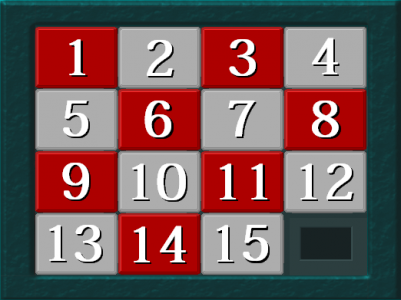 screenshot100.png45.4 KB · Views: 304
screenshot100.png45.4 KB · Views: 304 -
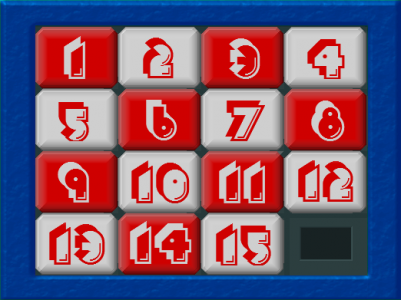 screenshot101.png49.1 KB · Views: 309
screenshot101.png49.1 KB · Views: 309 -
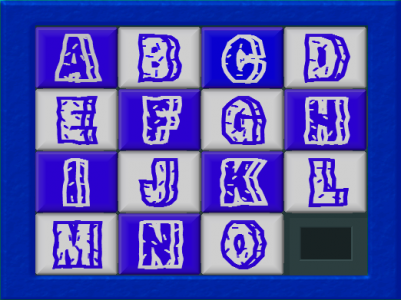 screenshot102.png51.6 KB · Views: 298
screenshot102.png51.6 KB · Views: 298 -
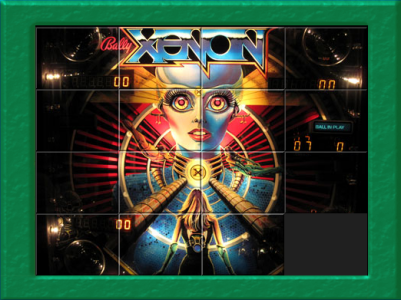 screenshot103.png352.6 KB · Views: 311
screenshot103.png352.6 KB · Views: 311 -
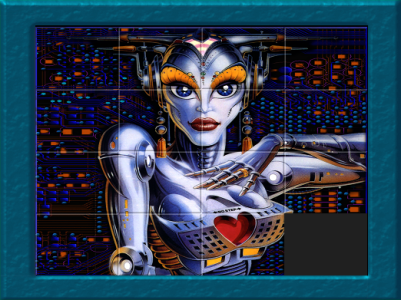 screenshot104.png403 KB · Views: 305
screenshot104.png403 KB · Views: 305 -
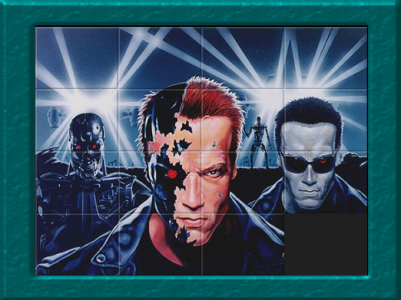 screenshot105.png402 KB · Views: 312
screenshot105.png402 KB · Views: 312 -
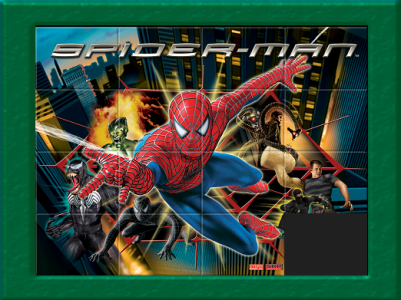 screenshot106.png402.4 KB · Views: 312
screenshot106.png402.4 KB · Views: 312 -
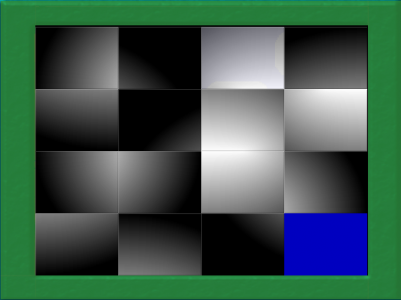 screenshot107.png62.9 KB · Views: 307
screenshot107.png62.9 KB · Views: 307 -
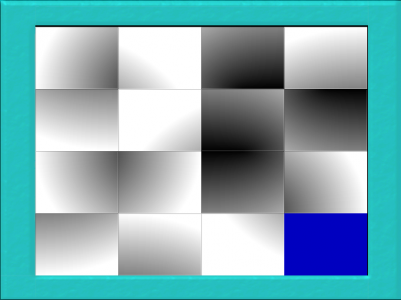 screenshot108.png62.2 KB · Views: 331
screenshot108.png62.2 KB · Views: 331 -
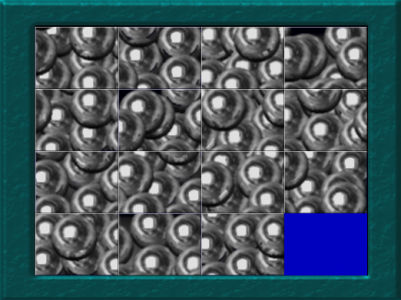 screenshot109.png133.3 KB · Views: 308
screenshot109.png133.3 KB · Views: 308 -
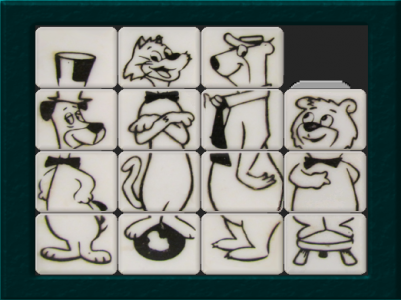 screenshot110.png306.9 KB · Views: 310
screenshot110.png306.9 KB · Views: 310 -
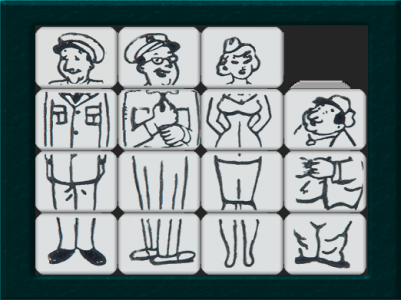 screenshot111.png139.4 KB · Views: 309
screenshot111.png139.4 KB · Views: 309 -
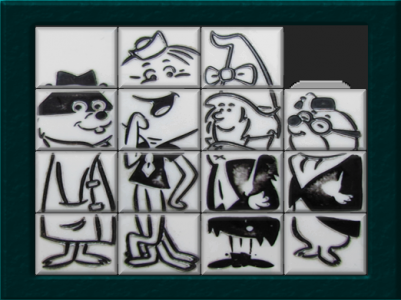 screenshot112.png275.1 KB · Views: 289
screenshot112.png275.1 KB · Views: 289 -
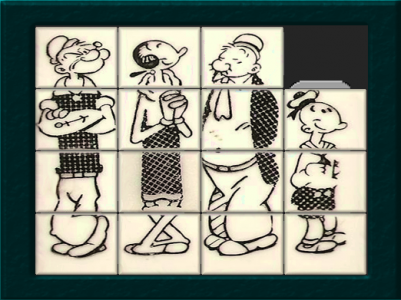 screenshot113.png265.9 KB · Views: 311
screenshot113.png265.9 KB · Views: 311 -
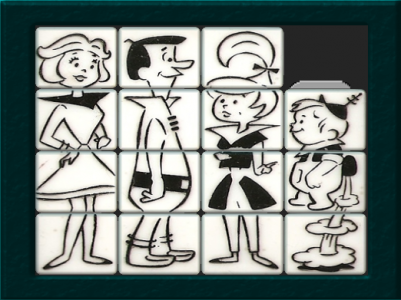 screenshot114.png339.5 KB · Views: 302
screenshot114.png339.5 KB · Views: 302 -
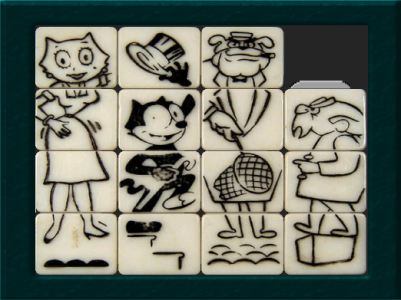 screenshot115.png369.5 KB · Views: 317
screenshot115.png369.5 KB · Views: 317 -
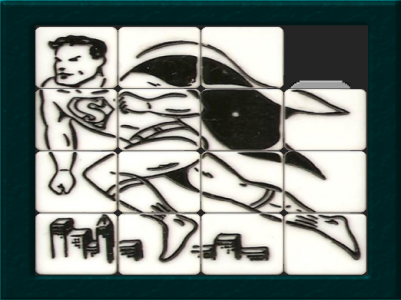 screenshot116.png296.5 KB · Views: 321
screenshot116.png296.5 KB · Views: 321 -
15Slide.zip5.4 MB · Views: 291
Last edited by a moderator:

